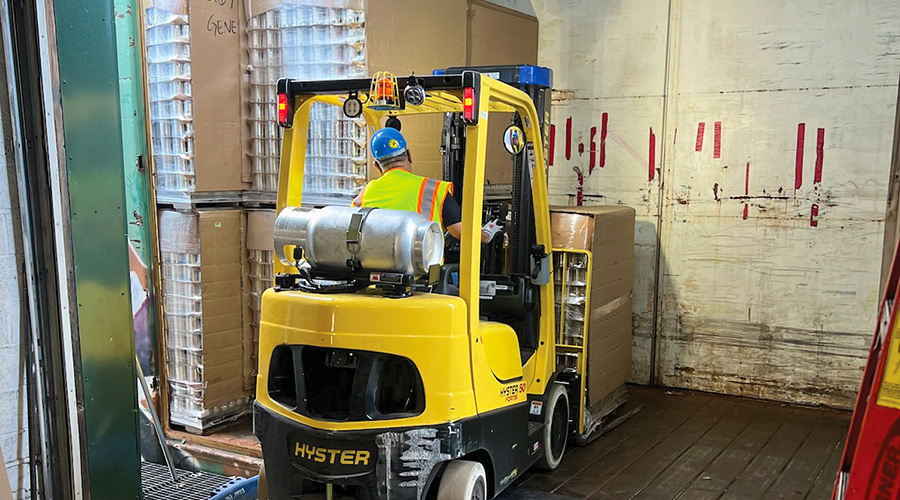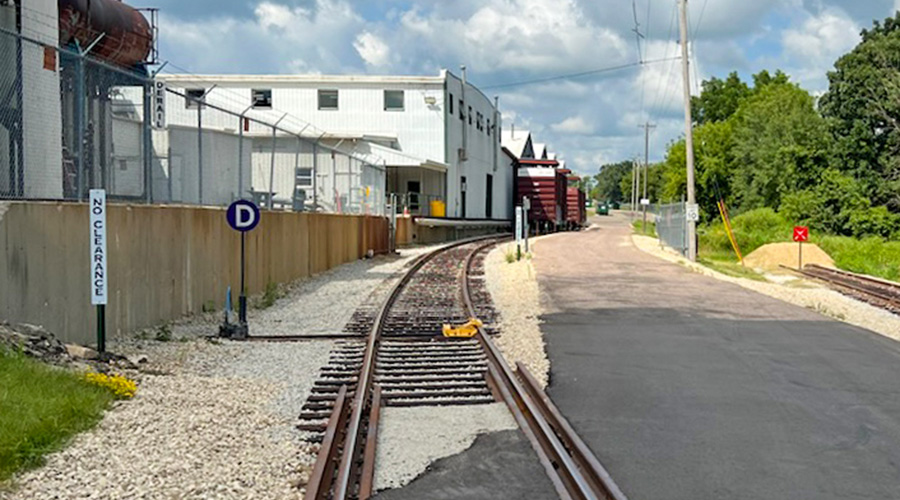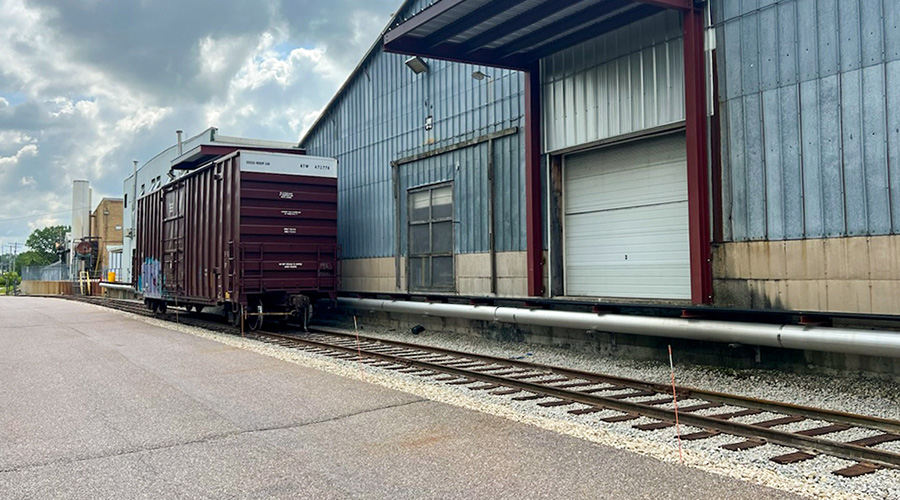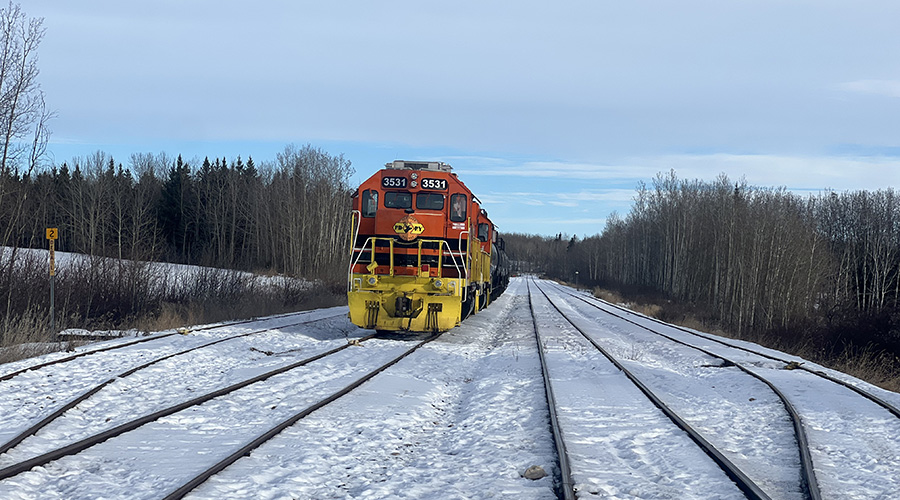Wisconsin and Southern Railroad: helping customers, no matter the size, ship via rail
10/3/2024
By Bridget Dean, Associate Editor
Every carload adds up, especially for short lines, many of which serve small- to medium-sized clients. Short lines’ dedication to getting customers’ products moving on rail — no matter how small the shipment — is perfectly characterized by a recent collaboration between the Wisconsin and Southern Railroad (WSOR) and a long-time customer, Seneca Foods, to bring rail service to a cannery that hadn’t had it in nearly two decades.
“They’ve been a customer for 40-some years,” said Brad Peot, a sales director for WSOR’s owner, Watco. “[Seneca is] one of the few customers that was on the railroad when it was taken over from a Class I.”
Seneca purchased a new cannery in Cambria, Wisconsin, in 2020 right before the COVID-19 pandemic and built a new warehouse on the site. Seneca has canneries, can manufacturing plants, seed and field operations and offices across the United States, with over 10 locations in Wisconsin. The previous owners had halted rail service to the cannery in 2006, and onsite tracks had deteriorated over time.
“[Seneca’s] business model is a little different than that of [previous owner] in how they ship and their warehouse and distribution strategy, so it lends itself a little bit better to rail movement,” says Peot, who manages agriculture and forest product accounts for Watco short lines in Wisconsin, the Chicago area, Michigan and Ontario, Canada.
Although conversations about reactivating the rail service began after Seneca purchased the plant, there were significant setbacks during the pandemic due to the high demand rail carriers were facing. WSOR and Seneca didn’t make headway on figuring out the industry track agreement and getting the track rebuilt until 2023, Peot says.
 About four rail cars are shipped out of the Cambria Seneca Foods cannery per week. Watco Cos. LLC
About four rail cars are shipped out of the Cambria Seneca Foods cannery per week. Watco Cos. LLC“There is a really odd property delineation where the right of way actually changed in the middle of a road crossing,” he says. “We [worked] through all that to get to an agreement that the customer could live with and we’re happy with.”
Typically, Watco’s customers take over ownership and track maintenance of track at their property lines, but due to the highway grade crossing, the short line and Seneca came to an alternative agreement, Peot says.
“Seneca basically agreed to rehab the entirety of the crossing, but we would maintain the crossing long term,” he explains. “This facility had quite a bit of trackwork. I think they ended up putting it on all new rail spur in the end.”
Seneca was forced to move the tracks farther away from the building due to the past owners installing a wastewater overflow pipe along the building within the rail car clearance envelope.
“The funny story was, it’s an overflow pipe, so it really barely ever got used. We’ve had so much rain in Wisconsin this year, I guess they’ve noticed it’s actually [been] used twice,” says Peot.
 Before Seneca Foods and WSOR added the new rail spur, the cannery hadn’t seen rail service since 2006, when previous owners stopped its use. Watco Cos. LLC
Before Seneca Foods and WSOR added the new rail spur, the cannery hadn’t seen rail service since 2006, when previous owners stopped its use. Watco Cos. LLCIf it weren’t for that pipe, Seneca may have been able to use the existing track with some spot repairs, Peot says. Since their products are canned vegetables, there were fewer safety concerns about the older rail spur than for example, a producer of hazardous chemicals or waste would have provided.
Since June, the new Seneca cannery has been shipping about four carloads per week of canned vegetable products via WSOR. That volume likely will decrease soon, given the change of seasons.
“Three to four cars a week isn’t much, five months out of the year, [but] as a short line, every carload adds up, and that’s our business model,” Peot says. “We go after all these little projects and little customers, and it all adds up in the end.”


